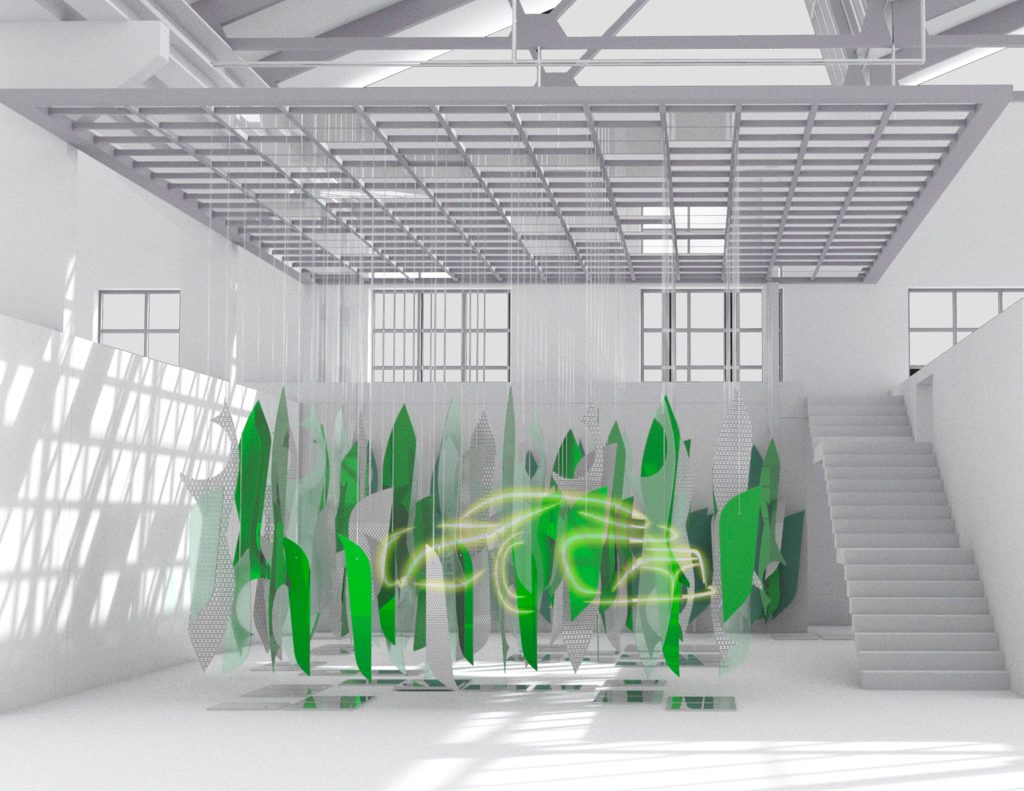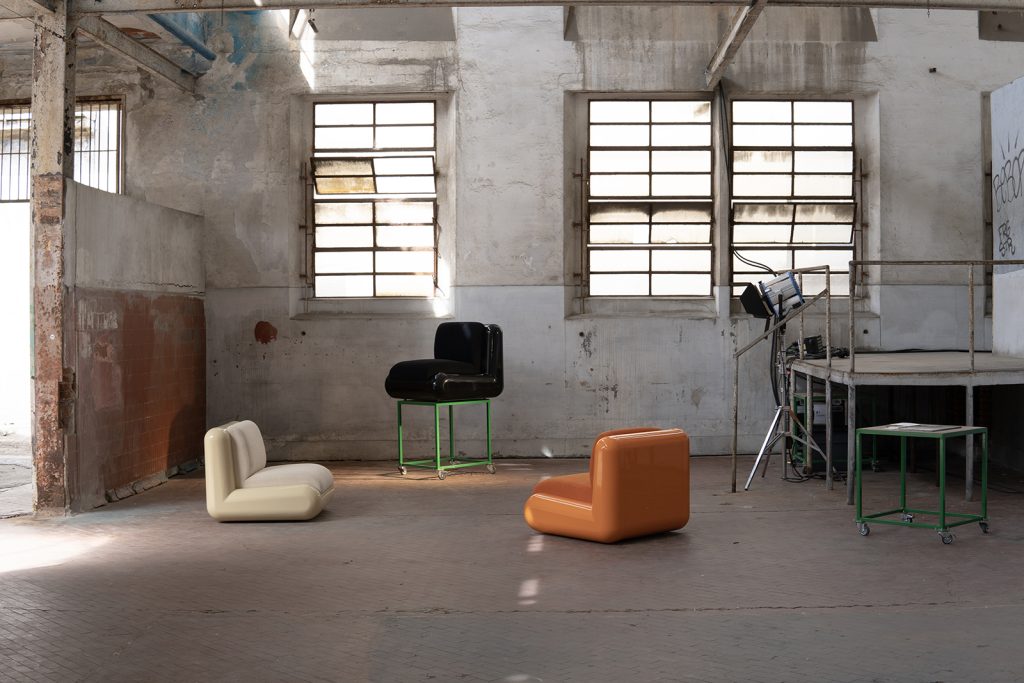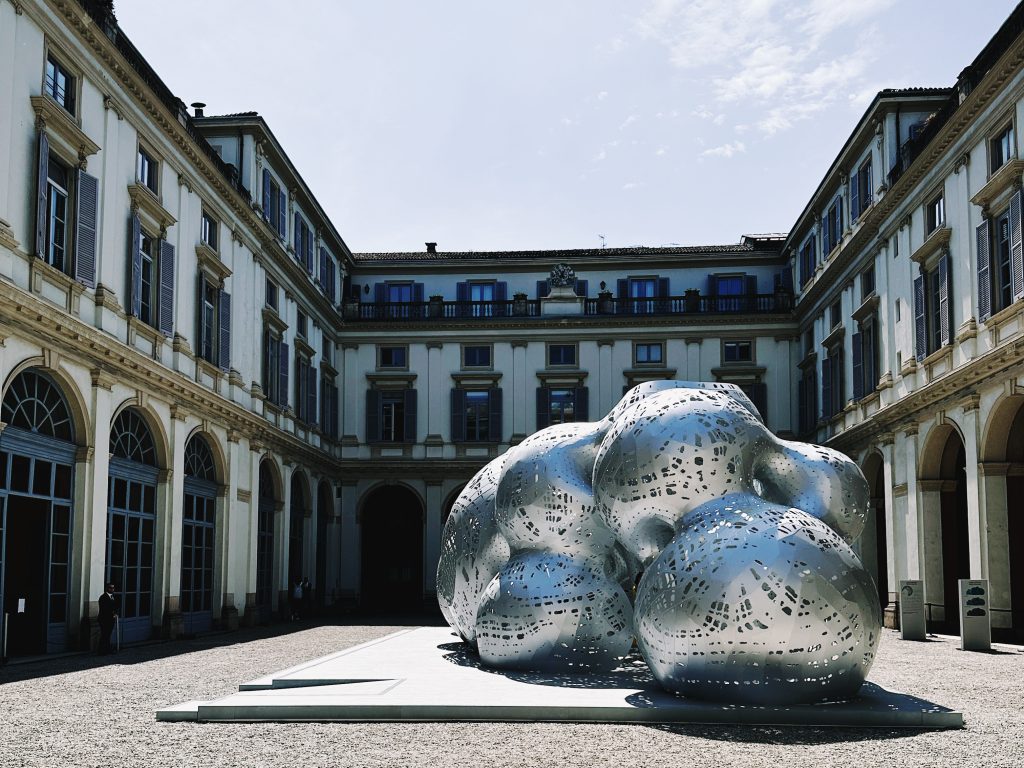Nativocampana
An interview with the Campana brothers about their latest collection of baskets and resin vases

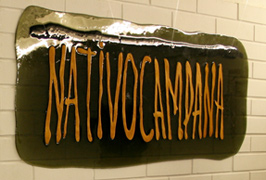

On site to present their new collection at Milan Design Week, Fernando and Humberto Campana recently sat down with CH at Spazio Rossana Orlandi to talk about their latest works—a collaboration with Corsi Design Factory called Nativocampana. The collection, 15 vases and baskets, combines fluid resin with the Brazilian designers’ most loved materials, leather, natural fibers and wooden benches. Mixing Italian craftsmanship (each piece is handmade in Corsi’s lab in the heart of Milan), highly-technical resins requiring extensive experimentation and production, along with their signature natural and recycled materials, the resulting gorgeously amorphous forms toe the line between high and low in true Campana fashion.
Is beauty spontaneous or does it emerge from hard work?
Fernando Campana: For me it’s from hard work, everything I do starts from the hands and sometimes things come unconsciously without even knowing if is going to be beautiful. I learn from my mistakes because sometimes the ugliness can be attractive and you can construct beauty from the ugliness.
Humberto Campana: For me beauty starts from your eyes, from the education of your sight. It can be spontaneous or come from hard work, but you get and process it through the way you look at things. This is the procedure to get to beauty. Some people have this sense more easily, but it certainly relies on the education of the eyes.
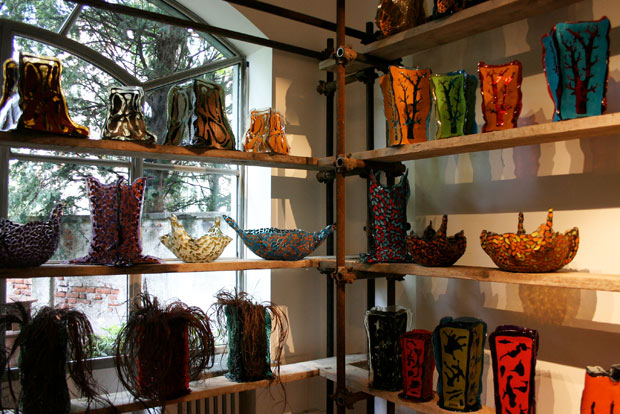
Your projects seem to be a process of taking order out of chaos.
FC: The concept of beauty has changed drastically in the past 10 years. For instance, when you use gold, it’s already beautiful, but sometimes you have to build nice things from very ugly materials. This is the trick whenever you work with pieces of discarded things—you have to find order into chaos and build something elegant.
HC: Part of our work is to out point beauty within something, which is not so for most people, and so we find beauty wherever it’s not clearly visible. This attracts me a lot. We live in São Paulo, a city with 20 millions inhabitants, which isn’t an easy city at all. The city is also unattractive, you really have to work hard to find and build beauty, because it’s necessary for your well-being.
FC: In Rio de Janeiro instead everything is already beautiful—the nature, the beach, the people, everything is more gentle.
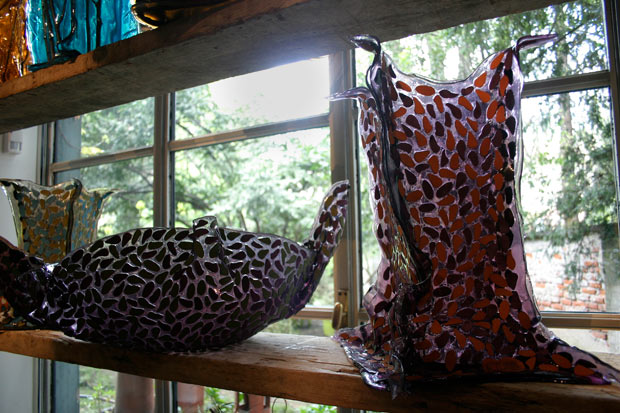
During a 2008 interview Brazilian artist Vik Muniz said that the Campana’s aesthetic relies on gambiarra, a Brazilian concept that describes the local attitude to always get along, to succeed despite all the obstacles. Is that still true in your work?
HC: Gambiarra in Brazil can be a bad word, since we also use it to describe those who steal electricity from their neighbor! It can also be something very amateurish, but on the contrary we try to use this attitude to make very professional things. In our point of view there’s a dose of improvisation there, which is something connected to our work. We are passing through a very bad crisis that makes people do gambiarra, they are finding solutions in order to survive. It’s something very contemporary, even in the European society, meaning smart solutions for very crucial problems with lots of added creativity.
FC: The vases we made with Corsi for example are a kind of gambiarra, but from this Brazilian concept we have deleted the idea of dirt and unclean approach to things, finding a nice, clean solution.

What is the best aesthetic for sustainable products? If there is any, does it have to be rich, poor, surreal, or absent?
HC: Today sustainable products can have any kind of style. Before it was different, because a few years ago it had to be an abhorring aesthetics. Now we can add more elements and make it happier.
FC: Whenever you work with your hands we can talk about sustainability—creating by hand is human ecology.
Nativocampana at Spazio Rossana Orlandi runs through 18 April 2010.
